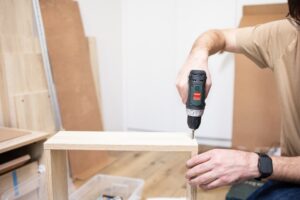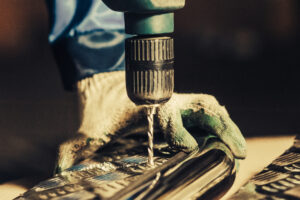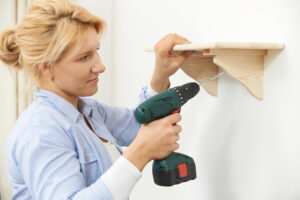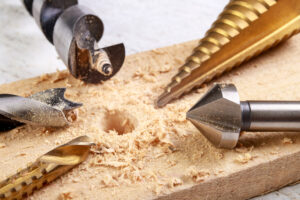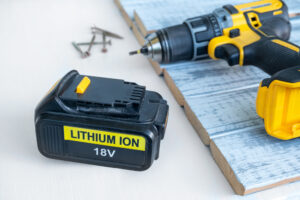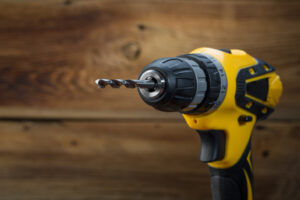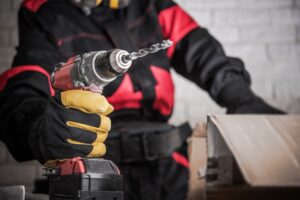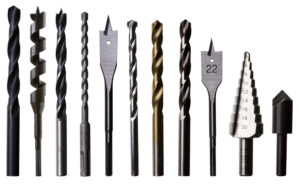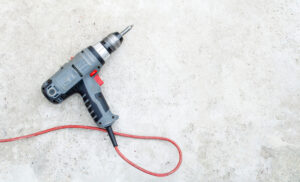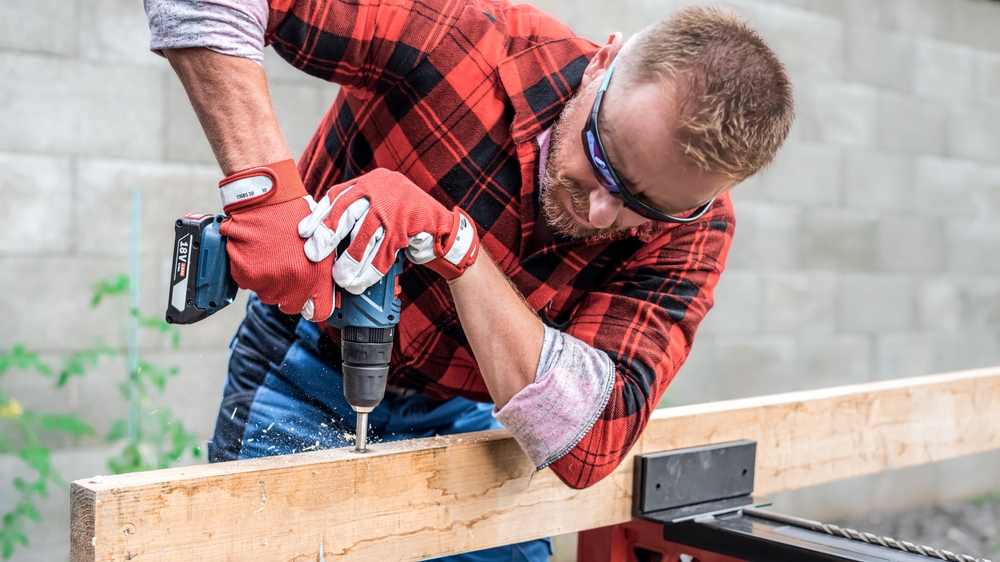
Drilling is an essential part of many DIY projects, and knowing some quick techniques can help boost efficiency and get results faster. In this article, I’ll share expert tips for drilling with a cordless drill, covering various aspects such as drilling speed, drill bits, safety precautions, and more.
One of the first things to consider is the type of drill bits you use. Different materials require specific types of drill bits, such as wood, metal, or masonry. Additionally, using the proper drilling accessories such as clamps or guides can improve accuracy and prevent any mishaps.
Mastery of various drilling techniques can significantly enhance your efficiency. One key technique is applying consistent pressure while drilling, allowing the drill bit to do the work without unnecessary force. Another technique is a slight back-and-forth motion while drilling to clear away debris and prevent the bit from getting stuck. Additionally, adjusting the speed of your cordless drill can also impact the efficiency of drilling, with slower speeds generally better suited for tougher materials.
Ensuring safety is crucial when working with power tools like cordless drills. Wearing protective gear such as safety glasses and gloves is essential to prevent any potential injuries. Securing your workpiece properly using clamps or vice will help you avoid slips and accidents.
Lastly, maintaining your cordless drill is essential for optimal performance. Regularly cleaning the drill, checking the battery life, and lubricating the chuck will help prolong its lifespan and ensure smooth operation. By taking good care of your drill, you’ll be ready to tackle any drilling project that comes your way.
Key Takeaways:
- Choose the right drill bits for different materials and tasks.
- Master drilling techniques such as consistent pressure and slight back-and-forth motion.
- Prioritize safety by wearing protective gear and securing your workpiece.
- Maintain your cordless drill through regular cleaning, battery checks, and lubrication.
- With the right tools and techniques, you can achieve efficient and professional drilling results.
Choosing the Right Drill Bits for the Job
Different materials and tasks require specific types of bits, tailored to their unique characteristics. When it comes to wood, metal, or masonry, having a variety of drill bits in your toolbox is essential for effective drilling.
For drilling into wood, it’s recommended to use brad point bits or spade bits, as they provide clean and precise holes. When dealing with metal, HSS (high-speed steel) or cobalt drill bits are ideal due to their toughness and heat resistance. For masonry, masonry drill bits with a carbide tip are your best bet, as they can easily penetrate through concrete or brick surfaces.
Drilling Accessories: Clamps and Guides
To achieve precise and consistent holes, consider using drilling accessories like clamps and guides. Clamps can securely hold your workpiece in place, preventing any unwanted movement or slipping while you drill. Guides, on the other hand, can help maintain the desired angle and depth, resulting in more accurate holes.
By incorporating these accessories into your drilling process, you can improve efficiency and minimize the risk of damage or errors.
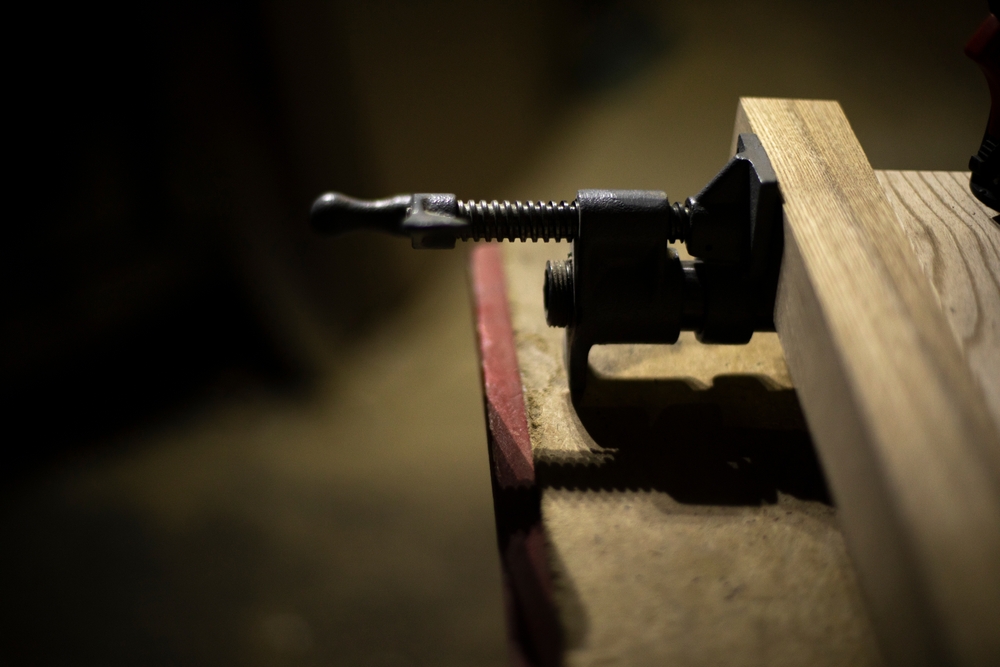
Mastering drilling techniques for faster results
By employing these techniques, you can enhance the efficiency and speed of your drilling projects, ensuring faster and more precise results.
Applying consistent pressure
One fundamental technique is to apply consistent pressure while drilling. By allowing the drill bit to do the work without exerting excessive force, you can maintain control and prevent damaging the material or the drill bit itself. This technique ensures a smoother drilling process and improves overall efficiency.
Pushing forward and backward
To further optimize drilling efficiency, consider employing the technique of gently pushing the drill bit slightly forward and backward while drilling. This subtle back-and-forth motion helps clear away debris, prevents the bit from getting stuck, and allows for smoother drilling. It is especially effective when working with denser materials or when drilling deeper holes.
Adjusting drill speed
The speed at which you operate your cordless drill can significantly impact drilling efficiency. For tougher materials, it’s generally advisable to use slower speeds. This slower rotation allows the drill bit to penetrate more effectively, preventing overheating and extending the lifespan of both the drill bit and the drill. Experimenting with different speeds will allow you to find the optimal setting for each drilling task.
Remember to exercise caution when drilling at higher speeds, as it may lead to decreased accuracy and control. Always strike a balance between speed and precision to achieve the best results.
| Technique | Advantages |
|---|---|
| Consistent pressure |
|
| Pushing forward and backward |
|
| Adjusting drill speed |
|
Ensuring Safety While Drilling
Safety should always be a top priority when using power tools, including cordless drills. To protect yourself from potential hazards, it’s essential to follow proper safety practices and use appropriate safety equipment.
Wearing Protective Gear
One crucial step in drilling safety is wearing the necessary protective gear. When using a cordless drill, always put on safety glasses and gloves to shield your eyes and hands from potential debris or injuries. These simple precautions can prevent accidents and ensure your well-being throughout the drilling process.
Securing the Workpiece
Properly securing your workpiece before drilling is another important safety measure. Using clamps or a vice to hold the material firmly in place will prevent slips and potential accidents. By ensuring stability, you can maintain control over the drill and reduce the risk of injury.
Awareness of Surroundings
Being aware of your surroundings is crucial to drilling safety. Before drilling, inspect the area for any hidden obstacles, such as electrical wires or pipes. Avoid drilling in areas where there is a risk of damaging these utilities, as it can lead to serious hazards and costly repairs.
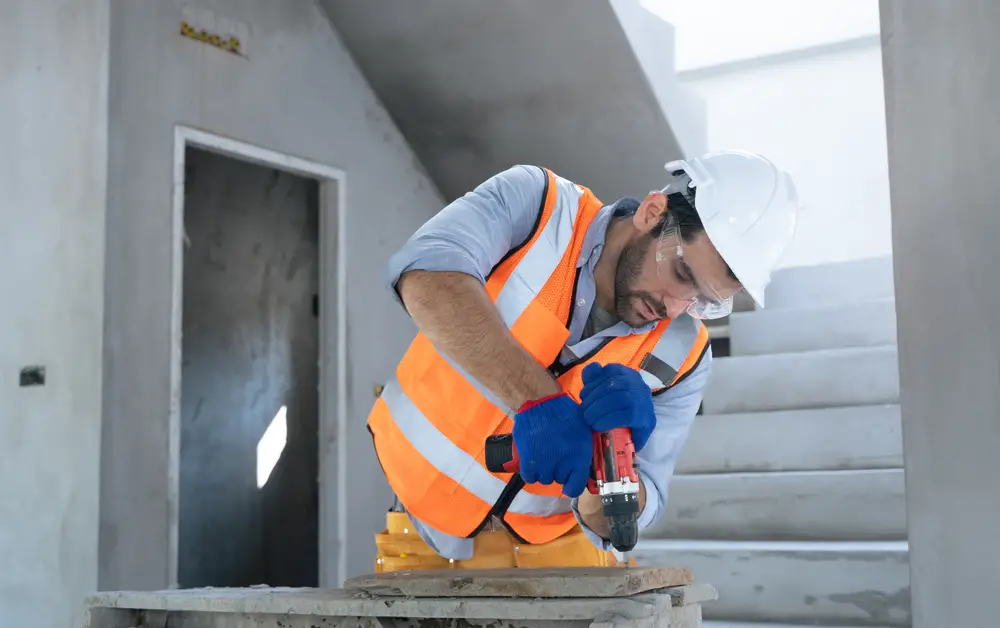
Maintaining your cordless drill for optimal performance
By following these maintenance tips, you can keep your drill in top shape and ready for any drilling project.
1. Regularly clean the drill: Remove any debris or dust that may accumulate on your cordless drill. A build-up of dirt can affect its performance and reduce its lifespan. Use a soft cloth or brush to gently clean the exterior surfaces and ensure that the ventilation slots are clear.
2. Check battery life: Before you start drilling, check the battery life of your cordless drill. If the battery is low, charge it fully before each use. This ensures that you have sufficient power to complete your drilling tasks without interruption.
3. Lubricate the chuck: The chuck is the part of the drill that holds the drill bit in place. To ensure smooth operation, apply a small amount of lubricant to the chuck periodically. This prevents it from getting stuck or becoming difficult to tighten or loosen.
4. Inspect for wear or damage: Regularly inspect your cordless drill for any signs of wear or damage. Check the power cord, battery contacts, and other components for fraying, cracks, or other issues. If you notice any problems, have them repaired or replaced before using the drill.
| Maintenance Tip | Benefits |
|---|---|
| Regularly clean the drill | – Improves performance – Extends lifespan |
| Check battery life | – Prevents interruptions – Ensures sufficient power |
| Lubricate the chuck | – Ensures smooth operation – Prevents sticking |
| Inspect for wear or damage | – Promotes safety – Prevents further damage |
Remember, a well-maintained cordless drill is a reliable tool that can help you achieve precise and efficient drilling results. Take the time to care for your drill, and it will serve you well for years to come.
Conclusion
In conclusion, by implementing these drilling tips and techniques, you can significantly enhance the efficiency of your cordless drill and achieve quick and impressive results in your DIY projects. It is crucial to select the appropriate drill bits for each job, as this will directly impact the effectiveness of your drilling. Mastering the correct drilling techniques, such as applying consistent pressure, utilizing slight forward and backward motions, and adjusting the drill speed, will further optimize your efficiency.
Always prioritize safety when operating power tools like the cordless drill. Wearing protective gear such as safety glasses and gloves is essential to minimize the risk of accidents or injuries. Securely fastening your workpiece using clamps or vice is vital to prevent slips and ensure stability while drilling. Additionally, maintaining your cordless drill through regular cleaning, checking the battery’s condition, lubricating the chuck, and inspecting for wear or damage will guarantee optimal performance and longevity.
FAQ
What are some quick drilling techniques I can use with a cordless drill?
Some quick drilling techniques include applying consistent pressure while drilling, using a slight forward and backward motion to clear debris, and adjusting the speed of your cordless drill.
How do I choose the right drill bits for my project?
The choice of drill bits depends on the material you’re drilling. Different materials require specific types of bits, such as wood, metal, or masonry. It’s important to have a variety of drill bits in your toolbox for different projects.
What drilling techniques should I master to achieve faster results?
To achieve faster results, master techniques such as applying consistent pressure while drilling, using a slight forward and backward motion to clear debris, and adjusting the speed of your cordless drill.
How can I ensure my safety while drilling?
Ensure your safety by wearing protective gear such as safety glasses and gloves. Secure your workpiece properly using clamps or a vise to prevent slips and accidents. Be aware of your surroundings and avoid drilling near concealed electrical wires or pipes.
How do I maintain my cordless drill for optimal performance?
Maintain your cordless drill by regularly cleaning it and removing any debris or dust. Check the battery life and charge it fully before each use. Lubricate the chuck for smooth operation and inspect the drill periodically for wear or damage.
- Drill Battery Maintenance: Essential Tips for Cordless Drill Battery Care - February 5, 2024
- Troubleshooting Drill Issues - February 5, 2024
- Quick Drilling Techniques - February 2, 2024

